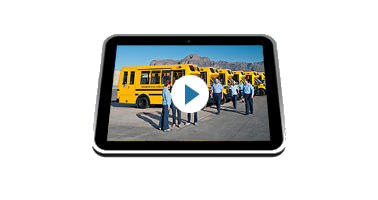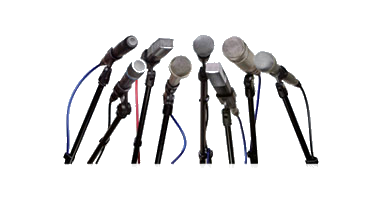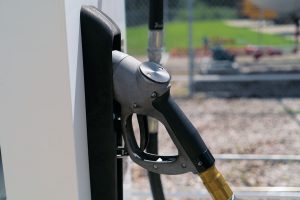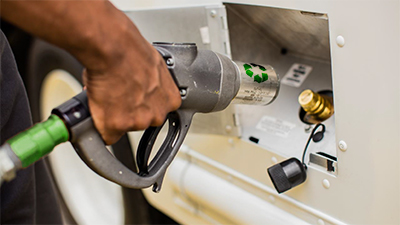The U.S. is one of the top producers of the third most popular transportation fuel in the world: propane autogas. There are an estimated 28 million propane vehicles worldwide and more than 60,000 propane school buses, transit shuttles and commercial trucks on U.S. roads.
One of the reasons propane is so popular is that it has a robust, reliable and flexible infrastructure with decades of research and development behind it. Propane poses no groundwater, surface water or soil, so infrastructure can be installed in areas where other traditional and alternative fuels cannot. Because there are fewer financial and geographical constraints with propane infrastructure, transit agencies can easily integrate propane affordably, reduce costs and eliminate range anxiety. Propane also costs 40-50 percent less per gallon than conventional fuels like diesel or gasoline.













 Each year, Americans utilize transit agencies for more than 7 billion trips within their communities. Many of those transit customers are students, seniors and people with disabilities, making transit agencies a vital part of the U.S. ecosystem.
Each year, Americans utilize transit agencies for more than 7 billion trips within their communities. Many of those transit customers are students, seniors and people with disabilities, making transit agencies a vital part of the U.S. ecosystem.  The current energy and transportation landscape feels like it’s changing, but let’s take a closer look at what’s really happening. While zero-emission vehicle technology continues to evolve, adjustments in regulations and incentives have brought the conversation back to a foundational principle that ROUSH CleanTech has been operating under all along: all energy sources are a good complement in the transportation sector. Fuel diversity is good. Choice is powerful.
The current energy and transportation landscape feels like it’s changing, but let’s take a closer look at what’s really happening. While zero-emission vehicle technology continues to evolve, adjustments in regulations and incentives have brought the conversation back to a foundational principle that ROUSH CleanTech has been operating under all along: all energy sources are a good complement in the transportation sector. Fuel diversity is good. Choice is powerful.